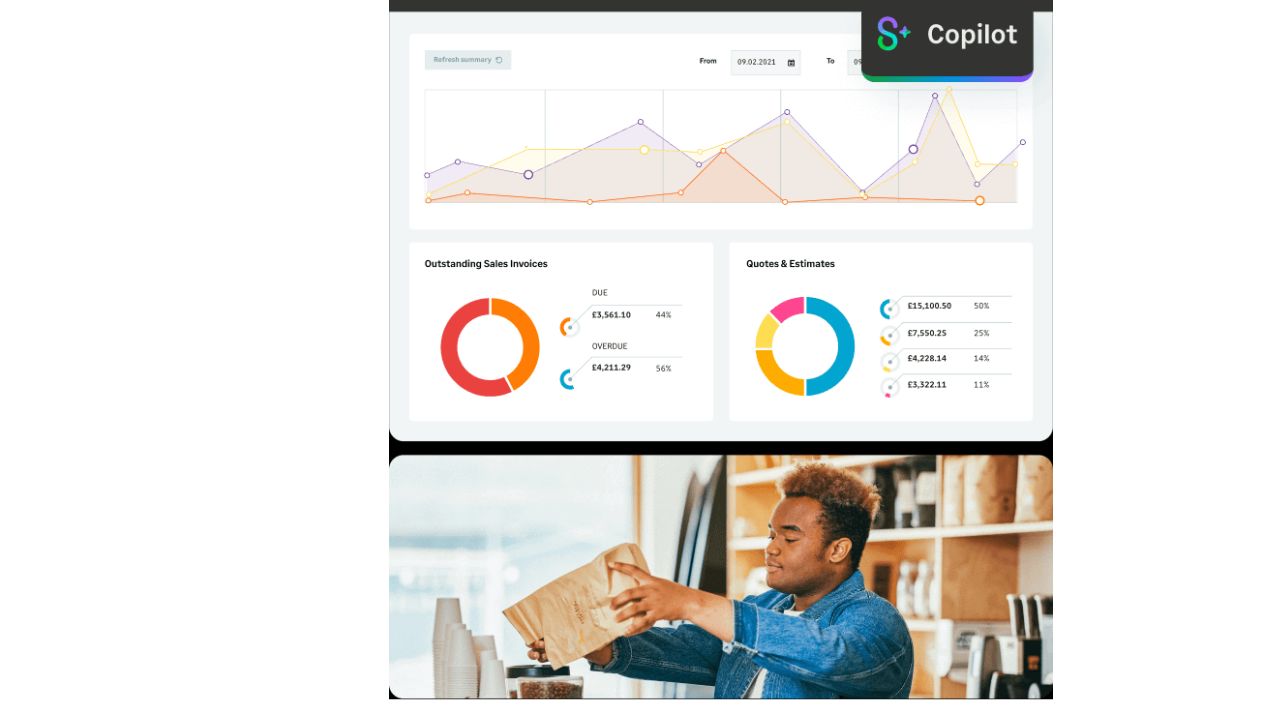You can conveniently manage your membership profile and subscription services in one location by utilizing Sage ID. Sage is a well-known software provider that offers companies of all sizes a range of software solutions. Sage ID is one such tool that businesses use to set up accounts for both clients and staff. In this blog article, we’ll guide you through the registration or creation process for sage ID and some best practices for utilizing it. This post will help you have a simpler and more enjoyable time with Sage ID.
The Sage 50 Accounting software is gaining popularity among expanding startups and small enterprises, which are taking advantage of its many valuable features and functions. They may now quickly meet their regular accounting demands thanks to Sage 50. It makes sense that Sage 50 has established itself as one of the most well-liked accounting solutions worldwide.
In addition, a few new Sage 50 software users have inquired about registering or creating Sage IDs. If you are wondering the same things, you’ve come to the correct spot. All you have to do is read this blog from beginning to end. After reading this blog, you can register or create a Sage ID.
What is a Sage ID?
You must have a unique Sage ID to do any work using Sage or to access the Sage 50 files. Additionally, Sage offers the ability to share your data with your staff and put all of your data into the Sage 50 Cloud via Sage Drive. Employees must have a Sage ID to access the Shared Company on the Sage drive. Otherwise, they won’t be able to access the data kept in these joint firms.

About Sage Login ID:
Any Sage user can use their Sage ID to access the Shared Company using Sage Drive. That is how a Sage ID may be utilized since. Otherwise, the user cannot operate on any shared corporate files. Therefore, fundamentally, it is the initial condition for every form of Sage-connected activity or accessing software files.
How Can I Open a New Sage Account?
The steps to generate a Sage ID are listed below.
- Visit this link: https://signon.sage.co.uk/
- Select the “New Customer” tab.
- Click your email address and fill in the space with your first and last names.
- Enter your selected password and make sure it’s correct. Please be aware that the password should be eight to twenty characters. It should also include a number, a capital letter, and at least one lowercase letter.
- Press the “Sign Up” button.
- A verification code for the ID you submitted will immediately be emailed to you. If this email does not appear in your inbox, look through your spam and trash folders.
- In the designated space, enter the code that you received.
- Select “Verify email.”
- The “I am a new or existing Sage Customer, Business Partner, Accountant, or Developer” box should be checked.
- Tab To proceed next
- Give your contact information.
- Select Next.
- Enter your Sage account information now.
- Click Next once more.
- Now, you may get any of the two detailed below.
- You may start using My Sage immediately when you get a confirmation message that your Sage account has been connected. You may connect your My Sage account login to additional accounts if you have multiple accounts.
- You will be notified if an online administrator is already associated with your Sage account. This administrator must authorize an email notification before you can view it. At that point, the account will only be accessible to you.
Benefits of Using a Sage ID:
A Sage ID is a unique identification that allows you to sign in to Sage, access your account, and adjust your settings. The Sage Community login name is also a Sage ID. There are several advantages to adopting a Sage ID.
- More straightforward verification and identity processes when logging into Sage
- More straightforward control over your account information and settings
- More straightforward access to your Sage documents and files
What is a Sage Drive?
One beneficial component of Sage 50 Cloud Accounting is Sage Drive. Sage 50 Cloud uses this as an engine to power its hybrid cloud features. All you have to do to upload your data onto the Sage 50 Cloud is grant admin access to one of your staff members. He will then grant users—accountants or other crucial stakeholders—within or outside your organization access to the cloud-stored data. Furthermore, modifications made to the data by authorized users are automatically synced back. This ensures that all users, no matter where they are, may access the most recent version of a particular record, report, or document.
